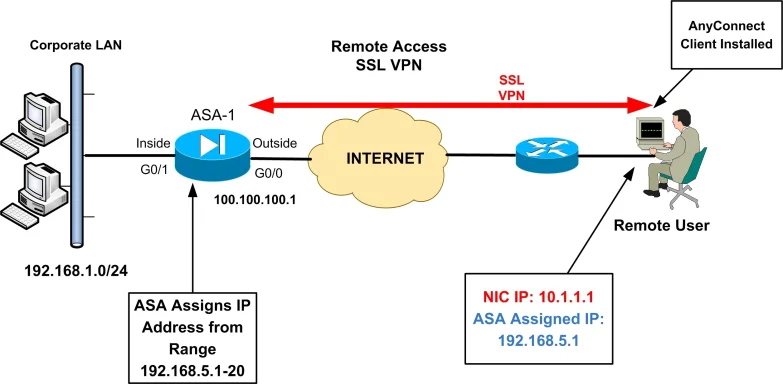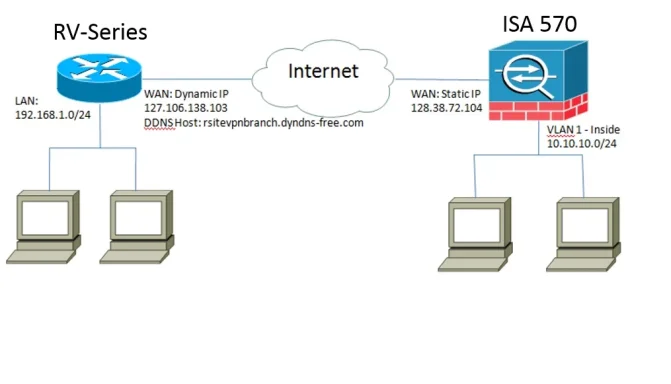Mabel van Asperen
Extraordinary Member
- Joined
- May 29, 2016
- Messages
- 3
- Thread Author
- #1
All of a sudden a VPN connection to my home network has become imperative for me, but I can't get it to work; I seem to be almost there - but not quite
At home, I duely set-up my Windows 7 desktop for incoming connections and configered the router. The client setup (windows 7 as well) gave me more headaches, but I am now at a stage where it connects without any complaints. The messages fly by very fast, but I think the last one is "Registering computer on the network". The connections screen then shows, underneath my primary connection, the VPN connection as "Connected. No internet connection". The 'status' screen (and IPCONFIG) shows that the VPN-connector received an internal IP-address from my home router. Thanks to my beloved, I know that on my home-desktop, under 'incoming connections' in the network center, it says "1 client connected" at that moment.
However, this is as far as I get. All seems well with the VPN-connection but I can do nothing with it. With explorer I can't see any computers on my home-network and I can't map a drive to a share I know is on my home-desktop; not even using it's IP-address. I can't even ping it. I tried switching off the firewall on my home desktop and even giving it a static IP-address but nothing so far got me any further.
Some more info:
- After a few minutes, the status of the VPN connection on my laptop (the client) changes; it now says "Connected. No network access".
- On my laptop, the internet connection gets lost somehow. There is no indication of this on the 'connections'-screen at the bottom; the primary connection still says "Internet access". But my browser says otherwise. (Disconnecting the VPN immediately restores internet access.)
I'm getting mightily frustrated by now. On the web I found a number of questions from people who apparently wrestled with the same problem, but no solution; not even a hint.
Can anyone help?
At home, I duely set-up my Windows 7 desktop for incoming connections and configered the router. The client setup (windows 7 as well) gave me more headaches, but I am now at a stage where it connects without any complaints. The messages fly by very fast, but I think the last one is "Registering computer on the network". The connections screen then shows, underneath my primary connection, the VPN connection as "Connected. No internet connection". The 'status' screen (and IPCONFIG) shows that the VPN-connector received an internal IP-address from my home router. Thanks to my beloved, I know that on my home-desktop, under 'incoming connections' in the network center, it says "1 client connected" at that moment.
However, this is as far as I get. All seems well with the VPN-connection but I can do nothing with it. With explorer I can't see any computers on my home-network and I can't map a drive to a share I know is on my home-desktop; not even using it's IP-address. I can't even ping it. I tried switching off the firewall on my home desktop and even giving it a static IP-address but nothing so far got me any further.
Some more info:
- After a few minutes, the status of the VPN connection on my laptop (the client) changes; it now says "Connected. No network access".
- On my laptop, the internet connection gets lost somehow. There is no indication of this on the 'connections'-screen at the bottom; the primary connection still says "Internet access". But my browser says otherwise. (Disconnecting the VPN immediately restores internet access.)
I'm getting mightily frustrated by now. On the web I found a number of questions from people who apparently wrestled with the same problem, but no solution; not even a hint.
Can anyone help?


